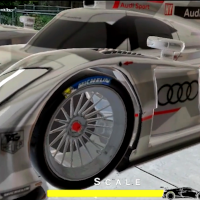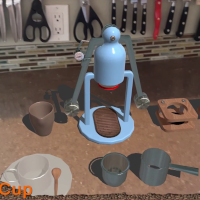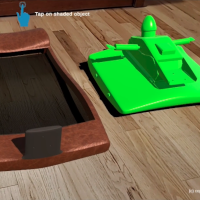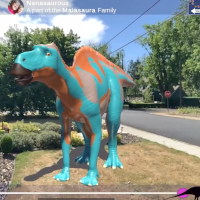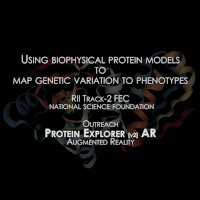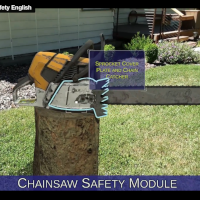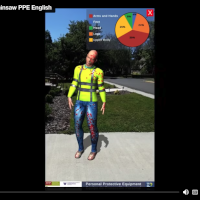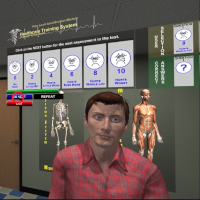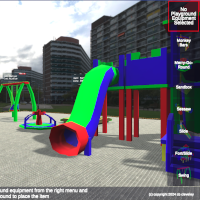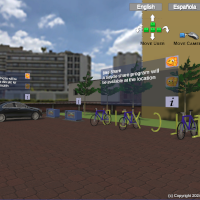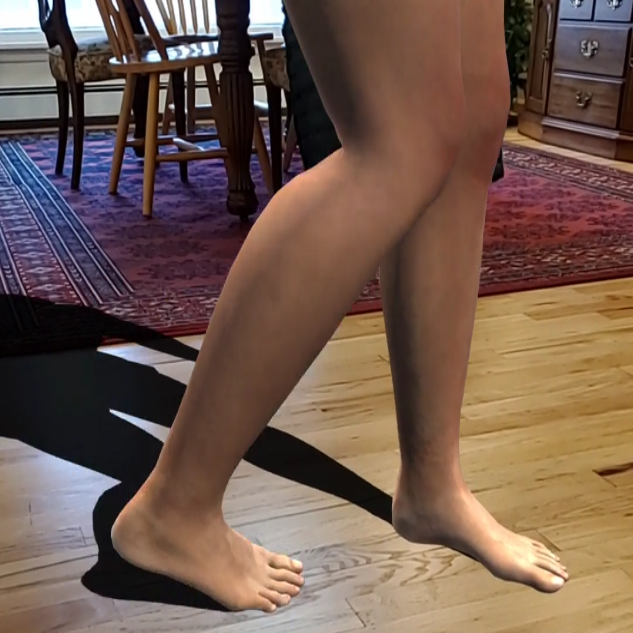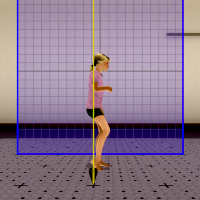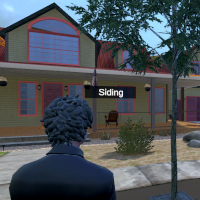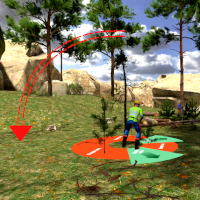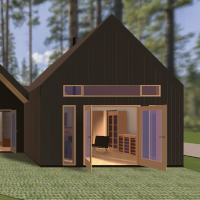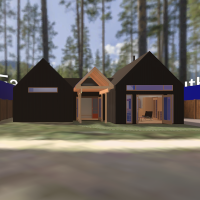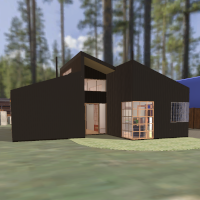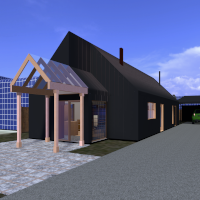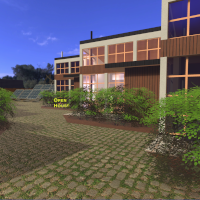Overtime, in our pursuit of problem solving [design or otherwise], we've all been encouraged to think outside the box.
I wonder though, would we be more successful if we didn't make thinking outside a box a design criterion. What if we approached design thinking more from -
Box? What Box?
The vision of this web presence [a work in progress] is to share ideas on how to merge DesignThinking with Technology Thinking without starting from an existing box.
Cross-Reality [XR] includes Augmented Reality [AR], Virtual Reality [VR] and Mixed Reality [MR].
All of these areas are maturing owing to development of software and hardware.
A growing number of disciplines are integrating XR into their organizations improving workflow, employee training and safety, products, customer loyalty and their bottom line. The success and failure stories in this area will guide others who are exploring XR employment.
This section's intend is to show how XR can be used. These examples include concepts and outcomes from grants. The intent is to inspire and encourage the use of Design Thinking with Technology Thinking.
Conceptually, I am exploring small footprint age-in-place housing design. I am addressing a gap in the housing market that can be placed in urban, suburban and rural zones.
- Concept:
- Low Impact Living
- Vision:
- Explore low impact, cost efficient living environments for age-in-place residents.
- Mission:
- Create multiple housing concepts to explore low impact/age in place living and promote discussion in this gap area.
- I have been working in creative fields since the late 1970's.
- I began in architecture working with residential, commercial, recreational and industrial design.
- 1991, I joined the College of Art and Architecture [University of Idaho] as their Computer Studio Director, responsible for facility oversight and integration of design technologies into the design process.
- 2001 I co-founded the Virtual Technology and Design
[VTD] program at the University of Idaho.
- As a VTD faculty member I teach:
- 3rd Year Design
- Capstone Design [Entrepreneurial Track]
- XR Technologies
- My research includes the integration of XR training and education.
